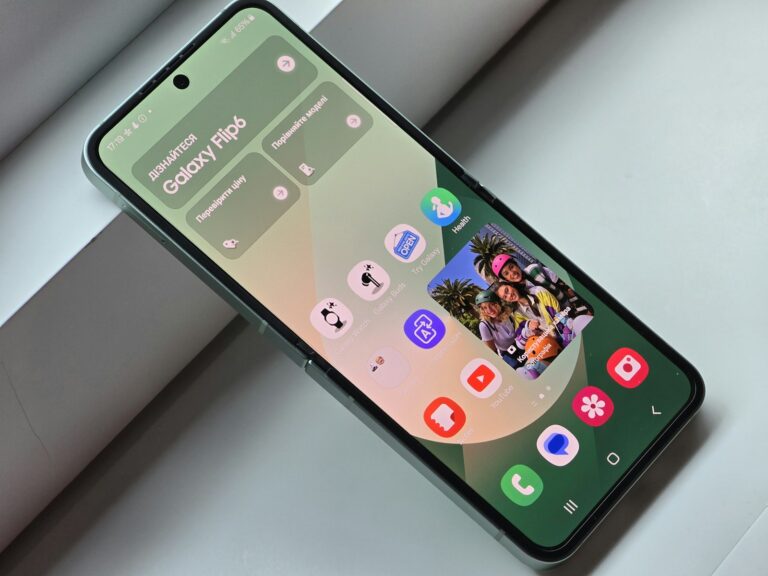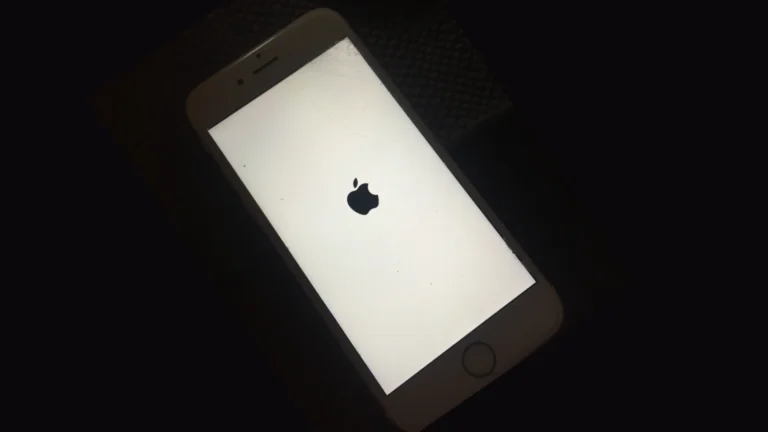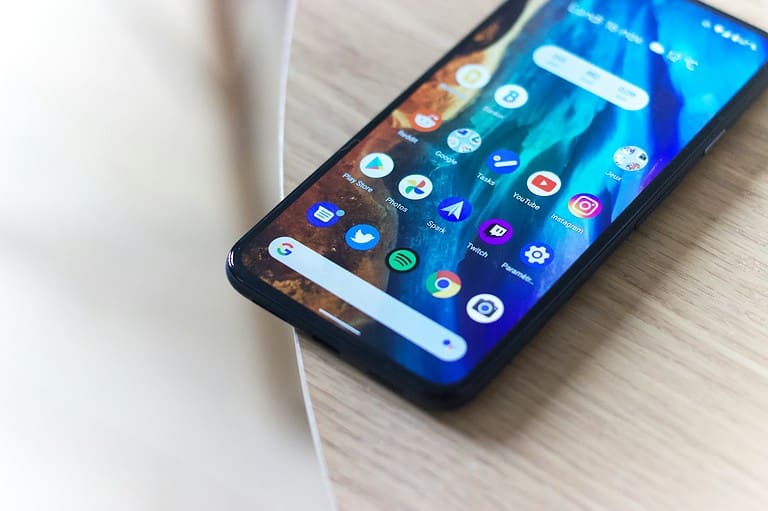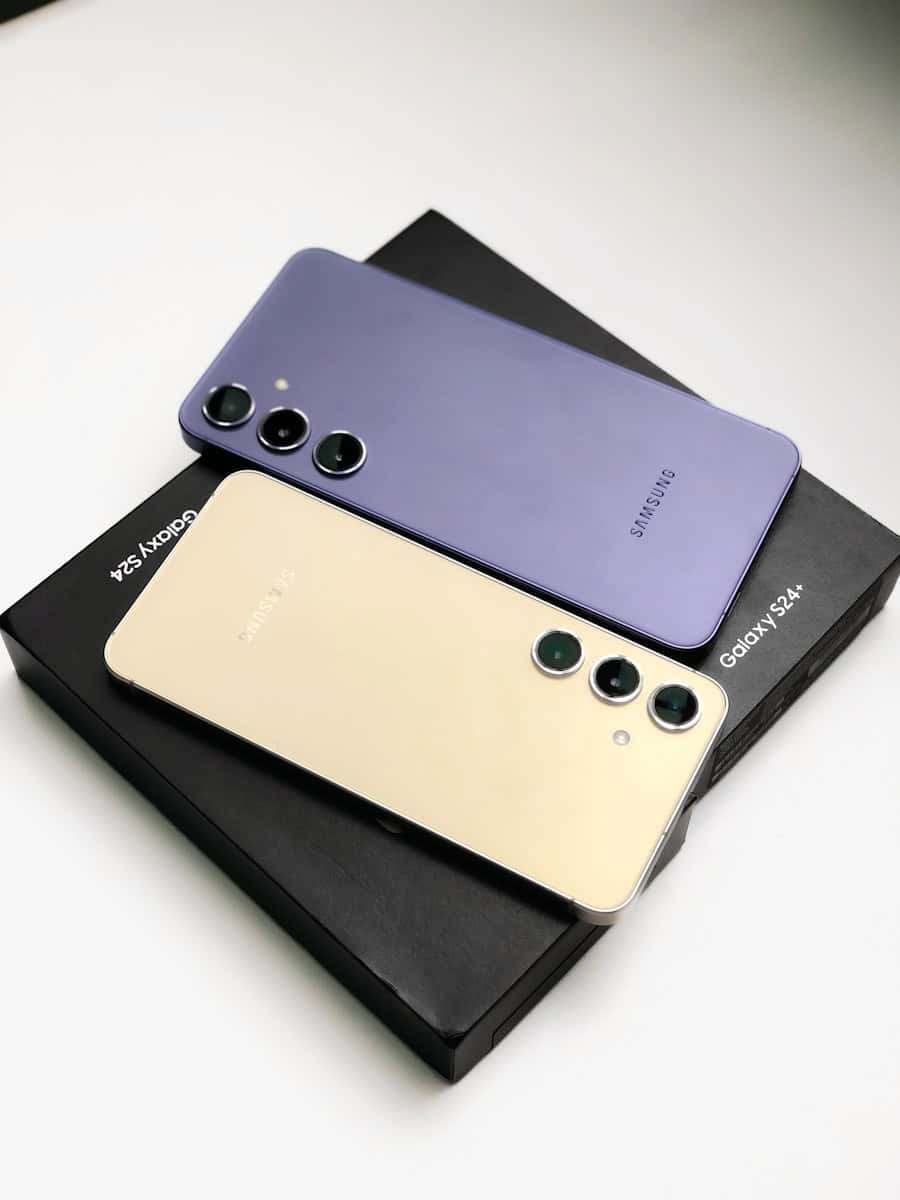
The smartphone market is constantly evolving, and it’s heating up as Apple, Samsung, and Google unveil their 2024 flagship models: the iPhone 16, Galaxy S24, and Pixel 9. These powerful devices feature the latest technology, including cutting-edge processors and impressive cameras, offering a premium experience. But which one is the best? These flagship lineups offer state-of-the-art technology and compete for consumer attention.
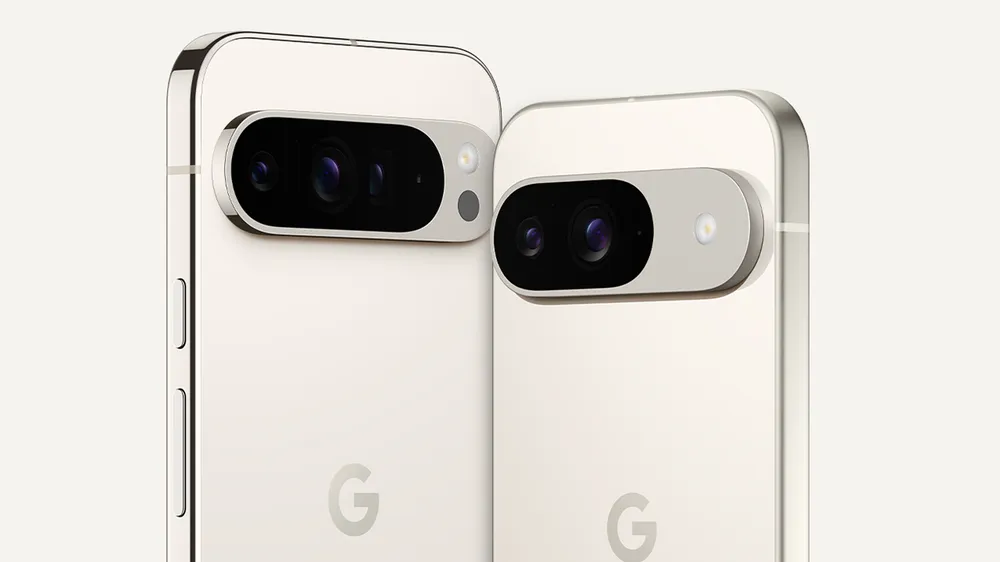
The iPhone 16 Pro Max, Samsung Galaxy S24 Ultra, and Google Pixel 9 Pro XL represent the pinnacle of smartphone innovation in their respective lineups. Each device boasts unique features and capabilities. The iPhone 16 Pro Max offers 8 GB of RAM, while the Galaxy S24 Ultra comes with 12 GB, and the Pixel 9 Pro XL packs an impressive 16 GB of RAM. All three phones provide storage options up to 1 TB, catering to users with high data needs.
Display technology remains a key differentiator among these devices. The Pixel 9 features a 6.3-inch OLED display, while the Galaxy S24 sports a slightly smaller 6.2-inch AMOLED screen. Both offer smooth 120Hz refresh rates, enhancing the visual experience for users. Apple’s offering is expected to maintain its high-quality display standards, though exact specifications are yet to be confirmed.

2024’s Top Contenders: Apple, Samsung, and Google Face Off
Specs at a Glance
| Feature | iPhone 16 | Samsung Galaxy S24 | Google Pixel 9 |
|---|---|---|---|
| Display | 6.1-inch Super Retina XDR | 6.2-inch Dynamic AMOLED 2X | 6.3-inch Super Actua |
| Processor | A18 Bionic | Snapdragon 8 Gen 3 for Galaxy | Tensor G4 |
| RAM | 8GB | 8GB/12GB | 12GB |
| Storage | 128GB – 1TB | 256GB – 1TB | 128GB – 1TB |
| Rear Cameras | 12MP Main, 12MP Ultrawide | 50MP Main, 12MP Ultrawide, 10MP Telephoto | 50MP Main, 48MP Ultrawide, 48MP Telephoto |
| Front Camera | 12MP TrueDepth | 12MP | 13MP |
| Battery | ~3,200 mAh | 3,900 mAh | 4,500 mAh |
| Special Features | Dynamic Island, Action Button | S Pen support, 200MP main camera | Gemini AI, Super Actua display |
| Starting Price | $799 | $799 | $699 |

Performance Powerhouses
- The iPhone 16’s A18 Bionic chip is expected to lead the pack in raw processing power, optimized for iOS.
- The Snapdragon 8 Gen 3 in the Galaxy S24, customized for Samsung, promises blazing-fast speeds and top-tier gaming performance.
- Google’s Tensor G4, co-developed with AI experts, is geared towards machine learning tasks, enhancing camera capabilities and AI-driven features.

Camera Kings
- The Pixel 9 boasts an impressive triple camera setup, leveraging Google’s computational photography prowess for stunning results.
- The Galaxy S24 ups the ante with a massive 200MP main sensor, offering incredible detail and zoom capabilities.
- The iPhone 16, while having a dual camera system, is expected to deliver excellent image quality and video recording, especially in low light.
Software and Ecosystem
- iOS on the iPhone 16 is renowned for its smooth performance, intuitive interface, and vast app ecosystem.
- Samsung’s One UI on the Galaxy S24 offers a feature-rich experience with extensive customization options and seamless integration with Samsung’s ecosystem of devices.
- Google’s Pixel 9 runs on pure Android, providing a clean, bloat-free experience with timely updates and access to the latest Google innovations.
Unique Features
- The iPhone 16’s Dynamic Island and Action Button bring innovative ways to interact with the device.
- The Galaxy S24’s S Pen support caters to productivity and creativity enthusiasts.
- The Pixel 9’s Gemini AI assistant and Super Actua display push the boundaries of AI integration and visual experience.
The Verdict
Each flagship offers a compelling package with its strengths and weaknesses. The iPhone 16 excels in performance and user experience, the Galaxy S24 impresses with its camera and features, and the Pixel 9 offers a pure Android experience with cutting-edge AI capabilities. The best choice depends on individual needs and preferences. Consider factors such as operating system, camera performance, battery life, and unique features when making your decision.
Smartphone Pricing Comparison (2024)
| Model | Starting Price (USD) |
|---|---|
| Apple iPhone 16 Series | |
| iPhone 16 | $799 |
| iPhone 16 Plus | $899 |
| iPhone 16 Pro | $1,099 |
| iPhone 16 Pro Max | $1,199 |
| Samsung Galaxy S24 Series | |
| Galaxy S24 | $799 |
| Galaxy S24 Plus | $999 |
| Galaxy S24 Ultra | $1,199 |
| Google Pixel 9 Series | |
| Pixel 9 | $699 |
| Pixel 9 Pro | $899 |
Key Observations:
- Entry-Level: The Pixel 9 offers the most affordable starting price at $699.
- Mid-Range: The iPhone 16 and Galaxy S24 share the same starting price of $799.
- Premium: The iPhone 16 Pro and Galaxy S24 Ultra have the same starting price of $1,199.
- “Plus” Models: The iPhone 16 Plus and Galaxy S24 Plus are priced similarly, offering larger displays and additional features compared to their base models.
- “Pro” Models: The iPhone 16 Pro Max is the most expensive model, followed closely by the iPhone 16 Pro and Galaxy S24 Ultra.
Remember:
- These are starting prices and may vary depending on storage configuration and carrier deals.
- Consider individual features and preferences when making a purchase decision.
- It’s always recommended to compare specifications and reviews before buying.
Key Takeaways
- Top flagships offer varying RAM and storage options to suit different user needs
- Display technologies and sizes differ slightly among the three brands
- Each phone line brings unique features in camera systems and software experiences
Design and Build Quality
The iPhone 16 series, Samsung S24 series, and Google Pixel 9 series showcase unique design elements and build quality features. Each phone line brings its own strengths in materials, colors, ergonomics, and display technology.
Material and Durability
The iPhone 16 series is expected to feature an aluminum frame with Ceramic Shield glass on the front. This combination offers high durability and scratch resistance. Samsung’s S24 series uses Gorilla Glass Victus 2 for enhanced protection against drops and scratches. The frame is likely to be made of aluminum for the base models and titanium for the Ultra.
Google’s Pixel 9 series may stick with an aluminum frame and Gorilla Glass Victus 2. This setup provides a good balance of durability and weight. All three phone lines aim to offer robust protection against everyday wear and tear.
Color Variants and Aesthetics
Apple might offer the iPhone 16 in black, yellow, green, and blue. These color options blend classic and fresh choices. Samsung’s S24 series could come in black, gray, violet, and yellow. These colors aim to suit various tastes.
The Pixel 9 series may feature colors like Obsidian, Porcelain, and Hazel. Google often chooses unique names for its color options. Each brand’s color palette reflects its design philosophy and target audience preferences.
Weight and Ergonomics
The iPhone 16 is likely to maintain a similar weight to its predecessor. Apple focuses on balancing features with comfortable handling. Samsung’s S24 series may see slight weight reductions, especially in the Ultra model.
The Pixel 9 Pro might come in two sizes: a 6.1-inch model and a 6.7-inch XL version. This change could affect the weight and feel of the phones. All three brands aim to create phones that feel good in hand while packing in advanced features.
Display Technology and Characteristics
Apple’s iPhone 16 series will likely use OLED displays. These screens offer deep blacks and vibrant colors. Samsung’s S24 series is expected to feature AMOLED displays. These are known for their high contrast and energy efficiency.
The Pixel 9 series may use OLED technology as well. Google often focuses on color accuracy and brightness. All three phone lines are likely to offer high refresh rates for smooth scrolling and gaming.
Screen brightness is a key factor. The S24 Ultra might reach peak brightness levels of 2,600 nits. The iPhone 16 and Pixel 9 are expected to offer competitive brightness levels too. This feature enhances outdoor visibility and HDR content viewing.
Technical Specifications and Performance
The latest flagship smartphones from Apple, Samsung, and Google offer cutting-edge processors, ample RAM, varied storage options, and improved battery life. These features work together to provide users with smooth performance and extended usage times.
Processor and RAM Management
The iPhone 16 series is expected to use Apple’s A18 chip. This processor will likely offer significant performance gains over its predecessor. Apple typically pairs its chips with 6GB or 8GB of RAM in Pro models.
Samsung’s Galaxy S24 series uses the Qualcomm Snapdragon 8 Gen 3 in most regions. This powerful chip delivers fast processing and efficient power management. Samsung often includes 8GB or 12GB of RAM in its flagship phones.
Google’s Pixel 9 series will feature the Tensor G4 chip. This processor focuses on AI capabilities and image processing. Pixel phones usually come with 8GB or 12GB of RAM.
All three phone lines should handle multitasking and demanding apps with ease.
Storage Options and Expansion
Apple’s iPhone 16 series will likely offer storage options ranging from 128GB to 1TB. iPhones do not support expandable storage via microSD cards.
Samsung’s Galaxy S24 series provides similar storage choices, typically starting at 128GB and going up to 1TB on high-end models. Some Samsung phones still support microSD expansion, but this feature is becoming less common.
Google’s Pixel 9 series may offer storage options from 128GB to 512GB. Like iPhones, Pixel phones do not support expandable storage.
Users should choose a storage capacity that meets their needs for apps, photos, and media.
Battery Life and Charging Solutions
The iPhone 16 series is expected to maintain or slightly improve upon the battery life of its predecessors. Apple typically offers fast wired charging and MagSafe wireless charging.
Samsung’s Galaxy S24 series may feature larger battery sizes compared to previous models. These phones usually support fast wired and wireless charging, with some models offering reverse wireless charging.
Google’s Pixel 9 series will likely focus on optimizing battery life through software enhancements. Pixel phones generally support fast wired charging and wireless charging.
All three brands are working to extend battery life and reduce charging times. Users can expect their phones to last a full day with moderate use.
Camera Systems and Imaging Capabilities
The iPhone 16 series, Samsung S24 series, and Google Pixel 9 series offer top-tier camera systems. Each lineup boasts unique features and improvements in their rear cameras, front-facing shooters, and video capabilities.
Rear Camera Configurations and Features
The iPhone 16 Pro Max is expected to feature a triple-lens setup. This includes a main wide-angle lens, an ultrawide lens, and a telephoto lens. Apple may upgrade the main sensor to 48MP for improved detail.
Samsung’s Galaxy S24 Ultra keeps its impressive 200MP main camera. It pairs this with an ultrawide lens and two telephoto lenses for versatile zoom options. The S24 Ultra stands out with its 10x optical zoom capability.
Google’s Pixel 9 Pro and Pro XL are likely to maintain their 50MP main sensor. They might add improvements to their ultrawide and telephoto lenses. The Pixel series continues to excel in computational photography with features like Magic Eraser.
Front Camera Specifications
Apple may upgrade the iPhone 16 series front cameras to 12MP. This could improve selfie quality and Face ID performance.
Samsung’s S24 lineup is expected to keep its 12MP front-facing camera. It offers features like wide-angle selfies and advanced portrait modes.
Google might boost the Pixel 9 series front camera to 12MP or higher. The Pixel phones are known for their excellent low-light selfie performance.
Video Recording and Advanced Imaging
The iPhone 16 series is rumored to support 8K video recording. This would match Samsung’s high-resolution video capabilities. Apple may also introduce new computational video features.
Samsung’s Galaxy S24 Ultra can already record 8K video at 30fps. It offers advanced stabilization and HDR10+ support for vibrant colors.
Google’s Pixel 9 series might stick with 4K video recording. However, it could introduce new AI-powered video enhancements. The Pixel phones excel in low-light video performance thanks to Night Sight.
All three brands are expected to improve their night mode photography. They may also introduce new AI-driven photo editing tools directly on the devices.
Software, Ecosystem, and User Experience
The iPhone 16, Samsung S24, and Google Pixel 9 series offer unique software features. Each phone maker aims to give users a smooth experience. Their approaches to AI, updates, and customization differ.
Operating System and Updates
Apple’s iPhone 16 series will run on iOS 18. This system is known for its smooth performance and regular updates. Apple often supports its phones with new software for 5-6 years.
Android 14 powers both the Samsung S24 and Google Pixel 9 series. Samsung promises four years of major Android updates for its S24 line. Google typically offers three years of major updates for Pixel phones.
Both Android makers provide security patches for a longer time. This helps keep phones safe even after major updates stop.
Artificial Intelligence and Machine Learning
AI is a big focus for all three phone makers. The Galaxy S24 series introduces Galaxy AI. This system offers smart features like real-time translation during calls.
Apple is expected to boost its AI game with the iPhone 16. New AI features might include improved Siri and smarter photo editing.
Google’s Pixel 9 will likely use a new Tensor G4 chip. This chip is built for AI tasks. It should make the phone faster at things like voice commands and image processing.
Customization and Accessibility
Android phones offer more ways to change how they look and work. Users can swap launchers, icons, and widgets easily. The S24 and Pixel 9 will continue this trend.
iPhones have become more flexible over time. iOS 18 might bring new customization options. But it will likely still be more limited than Android.
All three phone makers focus on accessibility. They offer features like screen readers and voice control. These tools help people with different needs use their phones easily.
The ecosystem also plays a big role. Apple’s products work well together. Android phones connect better with Google services. Samsung tries to create its own ecosystem with Galaxy devices.
Frequently Asked Questions
The latest iPhone, Samsung Galaxy, and Google Pixel models offer cutting-edge features in cameras, displays, and performance. Each series brings unique innovations to the market while competing on key aspects like battery life and price points.
What are the main camera specifications of the latest iPhone, Samsung Galaxy, and Google Pixel models?
The iPhone 16 Pro Max is expected to feature a triple-lens rear camera system with improved sensors. The Samsung Galaxy S24 Ultra boasts a quad-camera setup with a 200MP main sensor. The Google Pixel 9 Pro XL is likely to continue the trend of AI-enhanced photography with advanced image processing.
All three brands focus on low-light performance and zoom capabilities. They also offer high-quality video recording options.
How does the battery life compare between the iPhone 16 series, Samsung S24 series, and Google Pixel 9 series?
Battery life varies across models within each series. The larger devices typically offer longer battery life due to bigger batteries.
The iPhone 16 Pro Max and Samsung Galaxy S24 Ultra are expected to provide all-day battery life under normal use. The Google Pixel 9 Pro XL may offer similar performance, though exact specs are not yet confirmed.
What unique features do the iPhone 16 series, Samsung S24 series, and Google Pixel 9 series offer?
The iPhone 16 series is likely to introduce new AI features and improved Face ID technology. The Samsung Galaxy S24 series offers advanced AI capabilities for real-time translation and image editing.
The Google Pixel 9 series is expected to showcase new AI-driven features for voice recognition and photo processing. Each brand also has its own ecosystem of apps and services.
How do the prices of the iPhone 16 series, Samsung S24 series, and Google Pixel 9 series vary?
Prices vary based on model and storage capacity. The iPhone 16 Pro Max and Samsung Galaxy S24 Ultra are premium devices with higher price points.
The base models of each series are more affordable. The Google Pixel 9 may offer competitive pricing compared to its rivals.
What improvements have been made in the display technology of the latest iPhone, Samsung Galaxy, and Google Pixel devices?
All three brands feature high-resolution OLED displays with vibrant colors and high refresh rates. The iPhone 16 Pro models are expected to have always-on displays.
The Samsung Galaxy S24 Ultra offers a large 6.8-inch display with adaptive refresh rates. The Google Pixel 9 series may introduce new display technologies for improved brightness and energy efficiency.
How do the performance and processing power of the iPhone 16 series, Samsung S24 series, and Google Pixel 9 series compare?
All three series use powerful processors optimized for AI and machine learning tasks. The iPhone 16 series is expected to use Apple’s latest A-series chip.
The Samsung Galaxy S24 series uses either Snapdragon or Exynos processors depending on the region. The Google Pixel 9 series will likely feature a new Tensor chip designed for AI performance.
RAM varies across models, with the Pixel 9 Pro XL offering up to 16GB, while the iPhone and Samsung models offer 8GB and 12GB respectively.


